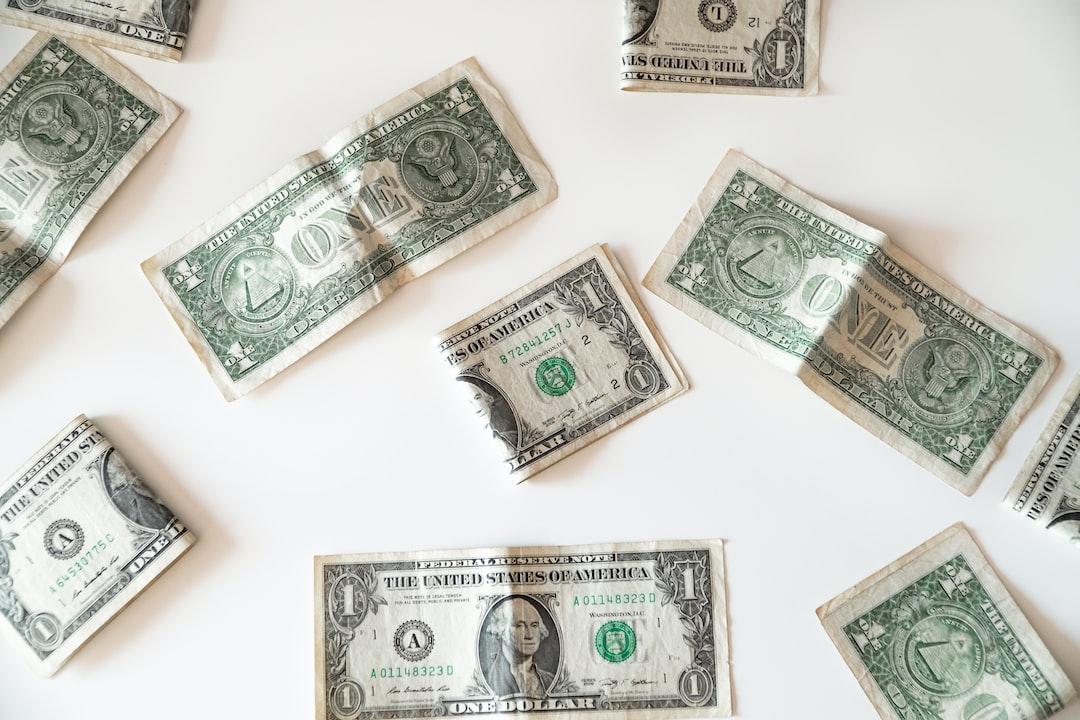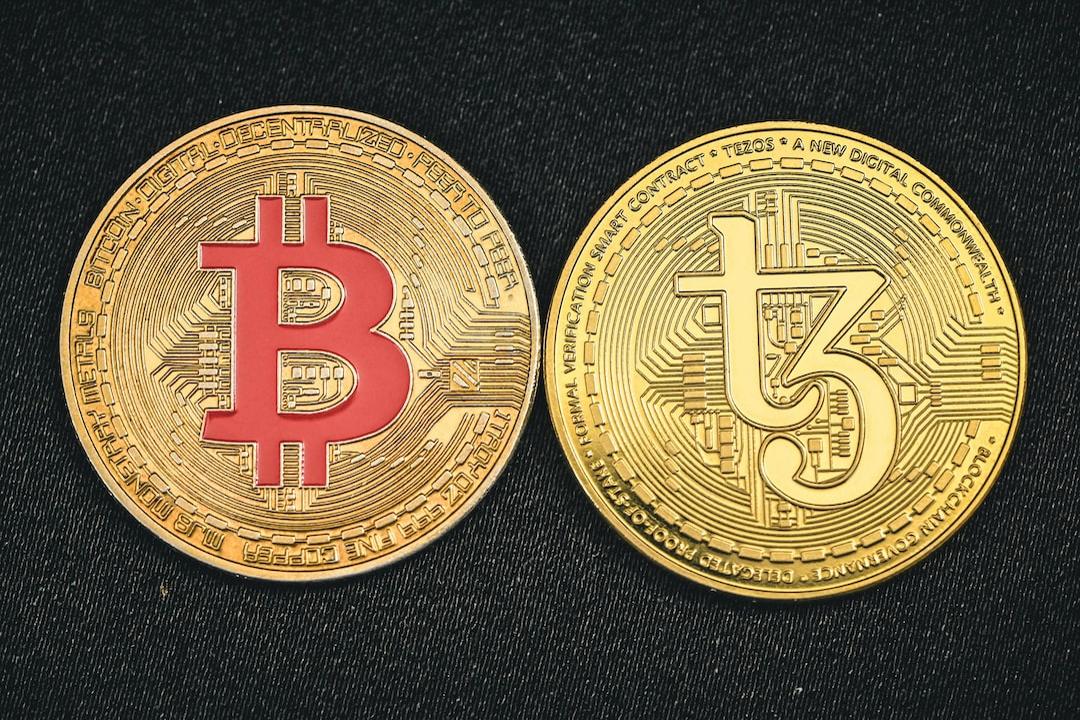CoinWorld reported:
Source: Web3 Xiaolu
A few months ago, I once again set foot on the vibrant land of Africa. The flying dust kicked up by a speeding pickup truck painted a familiar yet foreign impression of the African continent under the twilight glow. Stepping outside myself allowed enough space to assume our role as “global citizens,” pondering who I am, what I am doing, and the relationship between the crypto industry I am engaged in and the world.
Upon deeper exploration, it becomes evident that crypto offers underdeveloped African nations an opportunity to synchronize with the world once more. From the unwavering faith these countries have in crypto, we can observe their dissatisfaction with the compromises of the old systems; rather than struggle in the mire and be dominated, why not fully embrace crypto and stride toward a brighter future?
At the recent Token2049, I had the chance to sit down with Athena (X: @Athenaweb33) and discuss her steadfast belief since entering Africa and subsequently the crypto space. She will continue her entrepreneurial journey with Wello.tech, delving deeper into Africa to pursue her perhaps not widely understood yet earnest belief amidst the chaos of society.
The following is a quote from Athena (X: @Athenaweb33) on Twitter, Enjoy:
As Token2049 concluded, amidst deep networking with colleagues and the pervasive negative sentiment, the question arose: “Is the crypto industry really finished?” This reminded me of a small incident from a few weeks ago:
I have now been living in Paris for two years. One day, while working remotely at a small café near my home, I suddenly received a WeChat call from Uganda. After the initial surprise, joy, and confusion, I realized it had been seven years since I left traditional industry jobs in Africa to immerse myself in crypto.
The caller was a senior advisor to the Ugandan government, visiting China with the president for the China-Africa Cooperation Forum. During my years in Africa, I worked for state-owned enterprises and the UN’s international development system, aimed at promoting the industrialization process and inclusive finance in Africa. With his assistance, I collaborated on various projects, including investment promotions between China and Uganda and the advancement of women’s handicrafts in Uganda, fostering a friendship.
The stories from those years in Africa could fill a lifetime of anecdotes, ranging from high-profile moments like sharing laughs with the president of Senegal in his home to harrowing experiences, such as the tragic loss of a close friend’s boyfriend in a terrorist attack in a shopping district we frequented in Nairobi. By a twist of fate, I avoided the Ethiopian Airlines crash, which was the most severe in its history, while several acquaintances within my extended network were not so lucky. Yet my decision to leave Africa was resolute and unwavering.
This brings us to the unexpected opportunity that introduced me to crypto. Interestingly, seven years later, while chatting with both new and old friends in a café, the stories of Africa became a topic of interest for everyone, almost like a utopia escaping from difficult circumstances, romanticizing the spirit of exotic adventure.
However, I feel that the soul-searching questions and answers regarding the application value of crypto are embedded within those seemingly whimsical stories.

The transfer of value—Where’s the money, how is it spent, and where does it go?
Many may be familiar with Binance’s bold vision: to increase the freedom of money. So, when contemplating whether the crypto industry is finished, let’s first take a high-level view and examine how historical shifts in global value chains have occurred, where we currently stand in this historical development, and why Binance espouses such a motto.
Let’s start with the old “narrative.” Historically, there have been three global industrial revolutions. The “steam revolution,” originating from the invention of the steam engine in Britain, greatly enhanced productivity, allowing small-scale handcraft textile workshops to transition into large-scale industrial production. In the “electric revolution,” breakthroughs occurred in electricity, chemicals, and heavy industries in Britain, the US, Germany, and France, leading to the refinement of the entire European industrial system. The third revolution is the “information revolution,” where information technology, computers, electronics, and automation propelled countries like the US and Japan into significant roles in the world economy. The “Asian Tigers” (South Korea, Taiwan, Singapore, Hong Kong) also rapidly industrialized in the latter half of the 20th century, developing advanced manufacturing and finance, and integrating into the global value chain system.
It is evident that each industrial revolution brought about changes in productivity that altered production relations, thereby enabling some countries to leverage their “comparative advantages” to participate in the global value distribution system. China benefited from the reforms initiated in 1978, learning from the rise of Singapore and other Asian Tigers. By establishing special economic zones and industrial parks in developed coastal regions, leveraging China’s low labor costs, large workforce, and diligent spirit, along with an open market to attract foreign investment, China developed export-oriented manufacturing and solidified its indispensable position in the global value chain distribution.
The intricate details of these monumental industrial revolutions over the past century could fill volumes; however, it is worth noting that each industrial revolution also represented a process of wealth redistribution. Due to its long history of colonization and various complex industrial policies and international political factors, Africa has largely been excluded from this “cake-sharing” process.

Is Africa really poor? Lagos, the capital of Nigeria, boasts the highest density of private jets in the world. After local payment channels were established by exchanges, Africa’s per capita transaction volume far exceeded that of European and Asian countries. The wealth among Africa’s affluent surpasses common understanding and imagination. With abundant resources, particularly oil and agricultural assets, the African elite can live comfortably for generations, relying on the direct export of raw materials. Ordinary citizens are forced to scrape by in the tertiary sector—services—receiving mere scraps to meet basic needs. The continent’s manufacturing sector is virtually non-existent, and the financial industry is monopolized. The lack of infrastructure results in exorbitant financial service costs, rendering it nearly impossible for the average person to maintain a bank account or afford the fees for bank transfers. The stark and absurd wealth disparity is a common reality across Africa.
During an international organization’s research project years ago, the Djibouti government arranged for us to stay at the Kempinski, the most luxurious hotel in this impoverished East African nation, with a price of $300 per night—equivalent to many locals’ half-year salary. I vividly recall a moment at the hotel, lying on a beach chair by the Red Sea, watching a white businessman engaging in animated conversation while a Black waiter stood before him, perfectly poised in his white shirt and red vest, complementing his dark skin. As he gazed into the mist over the Red Sea, his expression exuded numbness and confusion.
At that time, our task involved a group of young elites, armed with degrees in economics, finance, and sociology from top global institutions, tasked with designing how international organizations should allocate aid funds to Africa—where to spend them, how to spend them, and how to ensure these funds would be effective. WeA British girl who had just graduated from Oxford University, upon hearing that we were going to stay in a luxury hotel costing $300 a night, tearfully refused to check in, feeling that it was a mockery of her subject. However, upon witnessing the living conditions of ordinary people—houses covered in metal sheets creaking under the scorching heat of 50 degrees—she silently retracted her insistence.
Around that time, I decided to give up that job. Although what we were doing seemed compassionate, discussing industrial transfer, promoting manufacturing development in Africa, integrating into the value chain, and getting ordinary people into factories by learning from China and Southeast Asia’s garment and footwear production experiences, I spent a month in a Chinese factory in Senegal, interviewing female workers and observing them produce low-end Adidas and Nike sports pants for export to Europe and America. But the pace was too slow; within the vast traditional “aid” system, the ones benefiting the most were probably not the African female workers being “given a fishing rod,” but rather the senior clerks sitting in London offices writing papers and conducting project audits, along with us elites from international organizations staying in $300 hotels on business trips. Data also indicated that a staggering 70% of the funds were consumed in “proving how the money was spent, where it was spent, generating audit reports and impact reports.”
I began to see blockchain and crypto as the technologies leading the fourth revolution, revolutionizing currency, transforming Africa, and changing the lives of the impoverished masses.
True decentralization, at a market in Kampala
The son of the Ugandan Prime Minister established a crypto organization a few years ago, bringing together several “second-generation officials” studying in the UK and the US along with tech enthusiasts to work on small crypto-related projects. One such project enabled peer-to-peer crypto transfers using non-smartphones in areas with no 3G network. Africans understand each other better; most locals use basic phones that can only make calls and send texts. Since many Africans lack bank accounts and are unwilling to trek across the city to find Western Union or the few banks for transfers and remittances, the local remittance method is straightforward: mobile phones based on USSD technology allow sending money directly to friends via text, with each person’s phone number serving as their “wallet”/account, and the balance on their phone being their account balance.
I personally experienced the smooth “registration, KYC, and transfer” process with friends from this organization: I bought a $50 phone at a telecom operator next to the Kampala market, queued up, and the staff, having performed the KYC process thousands of times, completed it in just three minutes, assisting me in cash top-ups for “phone credit.” There are numerous official and unofficial kiosks in the village; when you wish to “cash out,” you find the “village representative” at the kiosk, text him to transfer the amount, and he hands you cash. “Recharging” is the reverse process. The entire experience was seamless and entirely peer-to-peer, with no third parties involved, completely eliminating trust issues. This product and process have not only spread in the capital but have also been deeply established in rural areas.

Later, I joined Binance, where my first year focused on responding to CZ’s vision of “mass adoption,” laying a true blockchain and crypto-based network in Africa, starting with the simplest charity projects. Thus, Binance Charity was born, creating the world’s first completely “transparent” peer-to-peer donation platform. Due to the nature of blockchain, anyone online can supervise each crypto donation, ensuring it arrives directly at the Ugandan villagers’ wallet addresses without involving any third parties. Villagers then use crypto to buy potatoes and cabbages from farmers who accept crypto, with no fiat currency involved. When farmers need fiat currency, they periodically convert crypto into local currency through local exchanges or OTC.
Subsequently, we launched the world’s first (and possibly the only) “value-stable coin” on Binance Smart Chain (now BNB Chain): the Pink Care Token. Unlike other stablecoins, the Pink Care Token is not tied to any fiat “price” but is linked to the value of an item: each Pink Care Token corresponds to the “value” of a year’s supply of sanitary pads for a girl in Uganda. The project’s origin arose from conversations with locals while distributing potatoes and cabbages, where I discovered that “menstrual shame” was still widespread among local women. Due to a lack of sexual education and the high cost of sanitary pads, many resorted to using leaves and grass during their periods, leading to severe gynecological issues. Additionally, many girls marry and bear children by the age of 14, and early pregnancies exacerbate the situation, resulting in numerous deaths from infections during childbirth. Girls who received Pink Care Tokens could “exchange” them for a year’s supply of sanitary pads from our partner eco-friendly suppliers.
To this day, I am deeply moved by the support the Pink Care Token project received from nearly all the major figures in the crypto community, with a prominent figure personally acting as the project ambassador, rallying industry exchanges, VCs, and other participants to fundraise and promote the project, establishing the “Pink Care Token Alliance.” It was a time of deep bear markets, with the industry undergoing profound self-criticism and doubt, yet the concept of value-stable coins, along with the entire process being completely transparent and efficient based on blockchain, served as a small validation of crypto’s social value.
The value exchange attribute of crypto as “currency” is also reflected in this simple manner.

As I became increasingly frustrated with the ever-complex business models and narratives filled with profound theories, particularly as the industry faced new challenges, I often reflected on the story-filled market in Uganda, marveling at the clean, pure, and simple applications of crypto. It is profoundly uncomplicated and rewarding. For instance, the farmers in Kampala who dared to embrace the crypto revolution received only $6 worth of BNB at the time. Perhaps they are indeed the ones with a steadfast belief in crypto.
PayFi or FiFi
Returning to the bustling Singapore, at this year’s 2049 conference, PayFi emerged as a new hotspot. The new narrative of Payment+Finance revitalized many desperate capitals and projects. How this narrative is translated is not particularly important, especially as another major figure humorously remarked that PayFi could also be called FiFi since payment itself is finance.
What is truly interesting and meaningful is that after going in circles, we are starting to return to the essential attribute of crypto related to payments, beyond investment and speculation.
Just as the redistribution of value and wealth follows the basic laws of historical development, everything in the world, from a product to an entire industry, will endure if it genuinely creates positive value for society. By returning to this essence, our beliefs will not be so fragile and easily shaken.
I genuinely hope that after all these years of twists and turns, I can revisit those girls who bought sanitary pads with stablecoins and the farmers who used BNB for transactions. The original intention of crypto might just be that simple.


